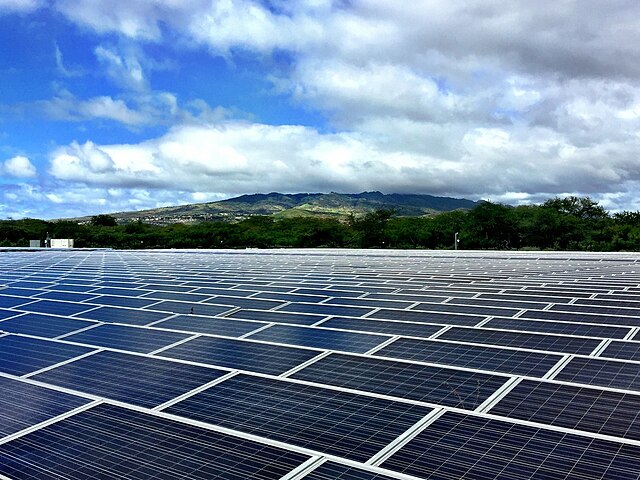A United Nations (UN) climate emissions summit is happening September 24, 2025 in New York amid governments’ plans to overspend in fossil fuels.
Despite these setbacks, the New York City Climate Week will still keep the global warming discourse alive by holding over 1,000 events.
Participant Helen Clarkson, the Chief Executive at The Climate Group vows to push on but admits “it’s an uphill struggle.”
The conference happens when host the United States has significantly backslid in climate goals, per the Climate Action Tracker.
It is also emerging that majority 20 leading nations representing 80% of the global fossil emission footprint will contravene their net zero promises.
The promise, per the Paris Agreement, is to limit warming rates to at least 1.5ºC and maximum 2ºC.
However, most emitters plan to tap more fossil fuels, overreaching utility limits consistent with the 1.5ºC target by 120%.
Worldwide spending on oil, gas and coal will be 31%, 92% and 500% above levels consistent to limiting warming to 1.5ºC by 2030.
Agricultural Emissions
Like major fossil fuel polluters cited above, agriculture is no white elephant in the climate debate.
According to the Organisation for Economic Co-operation & Development (OECD), food and fish output worldwide will rise by 14% by 2034.
In tandem with production are rising greenhouse gas (GHG) effects. In the United States, for example, agriculture represented 10% of all GHG releases in 2022.
A switch to solar however could cut electrical farm devices’ toll on climate, which contribute 5% of American farm carbon.
Denmark is another country expecting agricultural emissions to represent 46% of the national GHG toll by 2030.
Luckily for the Nordic country, the battle is underway via its 2024 climate tax that targets mainly dairy and pork.
Also in the foray is China, a major agricultural nation that accounts for 30% of worldwide emissions.
Like Denmark, the Far-east economic power plans to cut net carbon emissions to zero by 2060, per its 2021 accord. Currently, there is another hatching 2035 plan dubbed “Nationally Determined Contributions.”
So, as the New York conference on climate emissions gets underway, a lot is at stake to keep the Paris Agreement focused. The below statistics review general climate data, especially pertaining to agriculture.
World Agriculture Climate Emissions Statistics
Climate emissions in agriculture emanate from carbon (burning forests), methane (animals) and nitrous oxide (chemicals). 1.15 billion tonnes of carbon equivalent gases escaped from the world’s farms in 2021. In the same year, methane emissions from agriculture topped all other sectors at 3.55 billion tonnes. The sector also topped nitrous oxide gas releases of any industry at 2.31 billion tonnes in 2021.
How much carbon emissions does each agriculturalist produce each year?
In 2021, agriculture was fourth worldwide in individual emissions after electricity, transport and manufacturing/construction. Farmers notably contributed 0.74 tonnes per person per year.
Which food crop cultivation accounts for most GHG?
Rice cultivation is one of the scourges of greenhouse gas (GHG) releases by crop, accounting for 10% of worldwide agricultural emissions. This is because paddy is water- and pumping-intensive. On top of that, it feeds over 3.5 billion people daily.
How big is agricultural emission in the United States?
As of 2022, agriculture accounted for 10% of all emissions in the United States, only behind transportation and electrical transmission. A year earlier in 2021, the U.S.’ farming activities released 555.1 million tonnes of CO2 -equivalent gases, the 6th largest globally.
